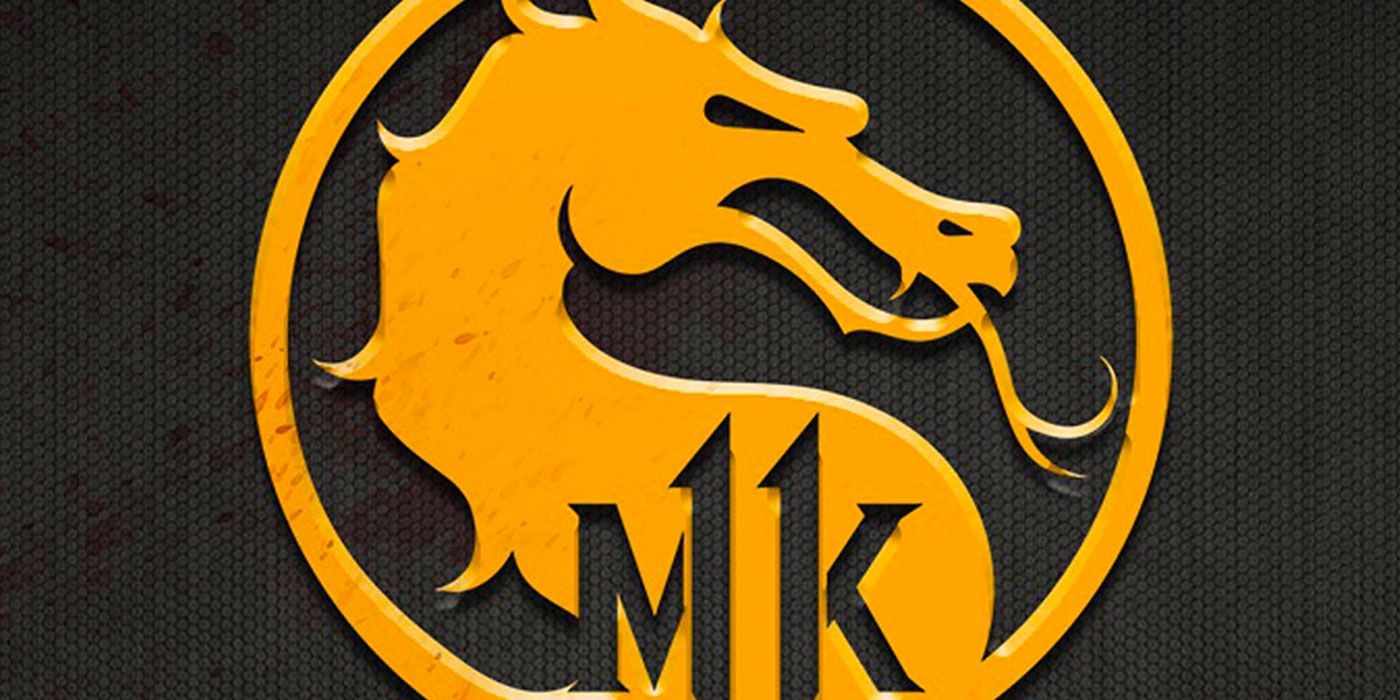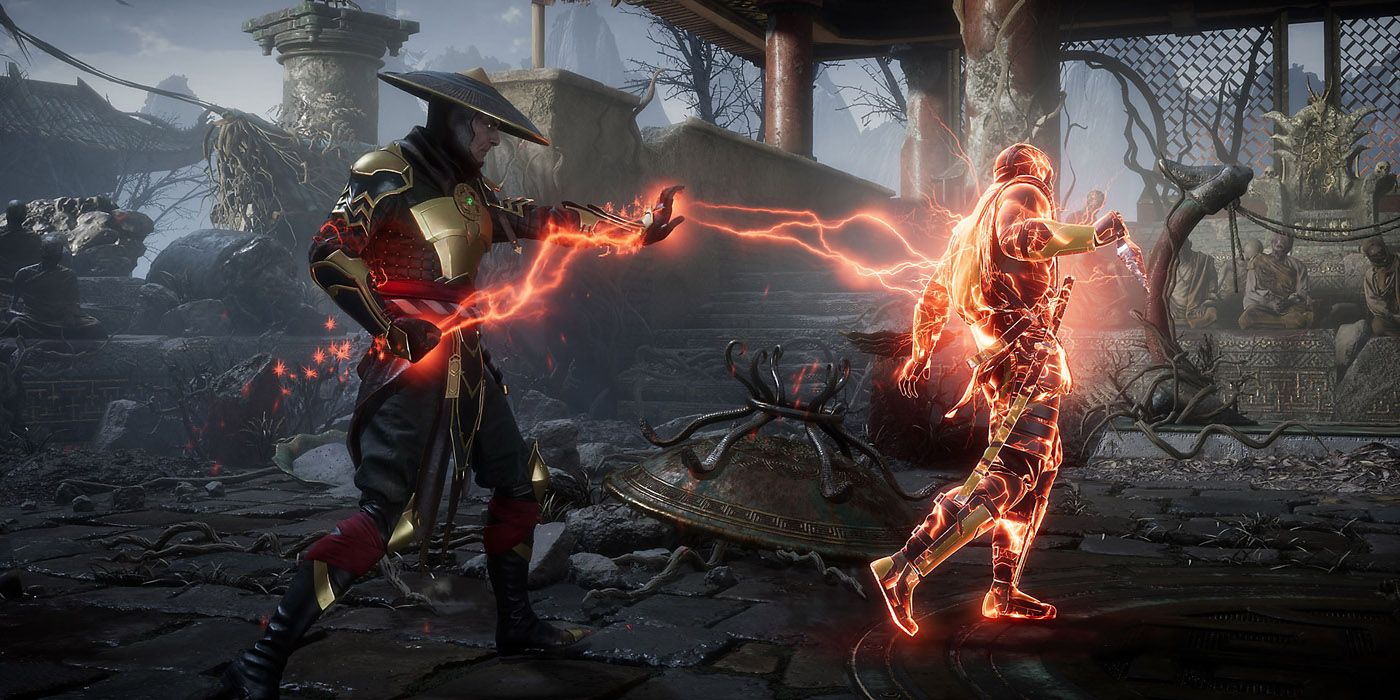Most video games today, whether they are single-player or multiplayer based, are expected to have additional content available for players somewhere down the line. Typically, sooner rather than later. For many players, this is one of the biggest selling points of a game. After all, most games cost around sixty dollars upon launch and fans would prefer to get their money's worth out of their investment. Unfortunately, though, this practice has led to unhealthy development hours, shady business practices, and needlessly cut content. It's perfectly understandable to want more of something you enjoy and it's understandable for a publisher to want to maximize its profits from one product. However, the way it's being done is wrong. There needs to be a happy medium where gamers learn to wait for content and developers and publishers allow more substantial content at once.
One of the main reasons that gamers are now learning the value of waiting for content is due to all of the recent stories concerning time-crunches and how overworked developers can be. From mismanagement to a lack of vision for the project, consumers are learning that lots of real-life consequences are happening due to games needing to reach this invisible line of peak profitability. Still, players must learn that there are plenty of games that they could be playing that they've never finished or have wanted to pick up. It's what they could be doing while waiting for the game they want to be finished and, in turn, everything we want it to be and more.
Fully Loaded Games with Events
It should be stressed that if a game is fully featured and has a lot to do at launch, developers will have more time to develop additional content since gamers will be preoccupied with the included content. For example, if you include a wide selection of characters in a fighting games roster, most players will feel compelled to learn how to play at least half of the roster. This is even more so if you include compelling modes for players to engage with.
To appease players in between smaller pieces of content such as individual characters, there should be a stronger emphasis on events and tournaments. Going back to fighting games, Mortal Kombat 11 currently does random Krypt challenges where if you can find where a special chest is within the Krypt, you'll earn a piece of cosmetic content that is typically more difficult to obtain. These don't cost anything to the player and it keeps them engaged without even having to create new assets or content. For multiplayer games, however, tournaments are a great way to give weight and significance to the game's leaderboards as well as offer prices that don't have to be content-based. Stuff like themes, in-game currency, rare in-game items, or even gift cards for their platform of choice could be used.
Small Now, Big Later
Smaller pieces of content should be sold via microtransactions or Season Passes. However, Season Passes need to also be redefined. Season Passes are now the main way big content updates are delivered but they shouldn't be. Season Passes used to be around $15 - $20 but now average around $30 - $40. In fact, some Season Passes can cost more than the game itself! That is ridiculous. Season Passes should be like season passes are for television shows in that they're for small individual acts of content. Nothing major or consisting of significant changes should be part of a season pass. Skins, cosmetics, individual maps, stages, or levels, singular characters, etc. -- that type of content should either be left off or saved for expansion packs.
Expansion packs used to be big updates that changed a lot of the game or gave you significant chunks of new content. Packs like this should be expected once a year, maybe, and can cost up to $40. From a marketing standpoint, it allows a big surge in new press as well as a way to re-sell and re-package the original game, as well as any other content that has been released, to those who missed the game the first time. It also will bring back players who may have fallen off along the way as well. World of Warcraft currently does something like this and although they could wait longer in between releases with the amount of content each of those expansions give, this is how World of Warcraft has lasted over 15 years.
Utilize Every Option Effectively
It's important considering how long many games are expected to last that those behind these games use every tool they have at their disposal. For as much as publishers like to talk about games as a service, they don't utilize the multiple possibilities a service can provide. Very rarely will a service only give a person one or two things when you subscribe to it. There's competition out there vying for all of our money. It's the responsibility of the businesses to need to make their proposal enticing. Expansion packs, DLC, season passes, microtransactions, loot boxes -- as long as everything is being used appropriately in service of the customer, most of this is fine. This is what it looks like to give the consumer options. But publishers need to remember to price these things to move. That means they need to make the content worth it and priced reasonably (or even less at times). This will keep players playing their game(s) while also ensuring their own happiness, as well. With smaller content being used effectively and events keeping players engaged, publishers can allow their developers to make better content for longer and with more marketing and re-sell potential. There's a better, healthier way to enact these games as a service model than what's currently being done and a way to make it so everyone will be happy.



